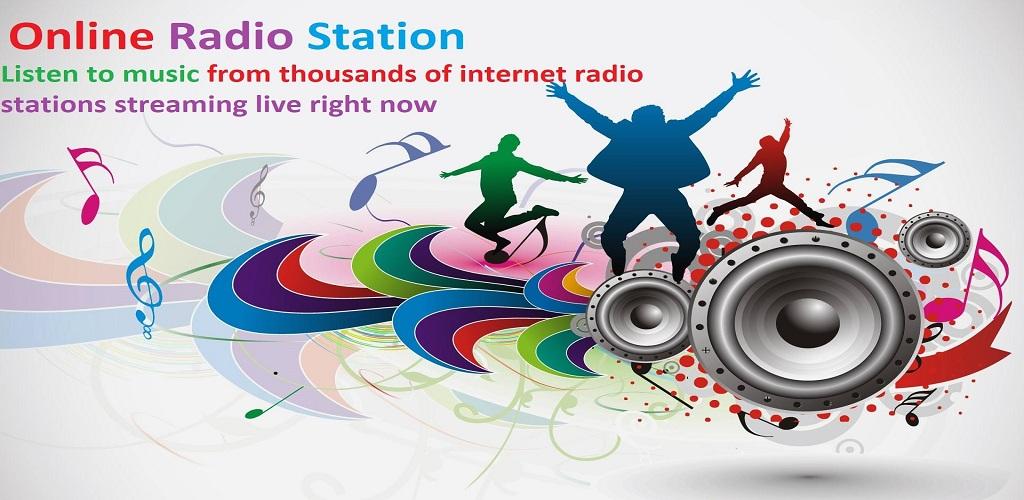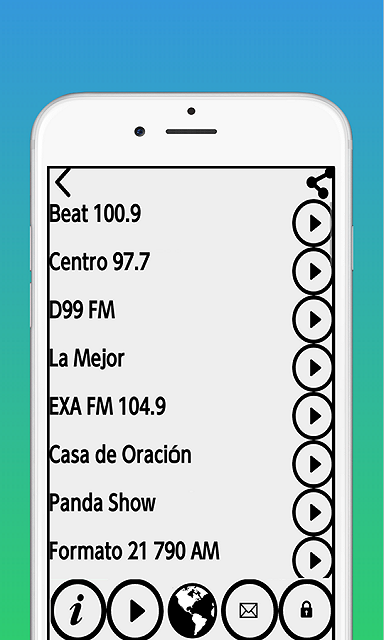Listen to music from thousands of internet radio stations streaming from all over the world live right now


| Name | Radio FM stations |
|---|---|
| Publisher | CAM THỊ HẢO |
| Genre | Music Audio |
| Size | 6MB |
| Version | 21.0.0 |
| Update | May 26, 2025 |
| Get it On | Play Store |
| Report | Report Apps |
Preview
Why Radio FM stations Still Matters Essential Facts and Future Trends
FM radio has shaped the habits, tastes, and daily routines of billions of people. While podcasts and streaming services command headlines, FM radio stations continue to reach audiences from rural villages to bustling cities. But what keeps FM radio relevant in a digital-first era? This post explores how FM radio works, its biggest benefits, iconic stations, and where Radio FM stations fits in the audio landscape of tomorrow.
The Story Behind Radio FM stations
Before FM radio brought music, news, and sports to every car and kitchen, listeners depended on AM (amplitude modulation) broadcasts, which often suffered from static and interference. Edwin Armstrong, an American inventor, introduced Frequency Modulation (FM) radio in the 1930s, offering much clearer sound. By the 1950s, FM started outpacing AM for music due to its superior audio quality.
The landscape changed rapidly:
- 1930s – FM invented, but limited adoption.
- 1950s–70s – Widespread rollout as music stations and car radios improved.
- 1980s–90s – FM dominates most music broadcasts; radio is a cultural mainstay.
- 2000s–Present – FM stands strong even as digital options proliferate.
Today, the concept has expanded far beyond traditional radio towers. With a tap, anyone can access thousands of FM stations and internet radio channels streaming live from around the world.
How FM Radio Works A Simple Guide
FM stands for Frequency Modulation. At its core, FM radio encodes sound by varying the frequency of the carrier signal. Unlike AM radio, which changes the amplitude (or height) of the signal, FM’s frequency-based system resists static and delivers cleaner audio.
Here’s how it works in simple terms:
- Sound captured – A broadcaster converts voice or music to electrical signals.
- Frequency modulation – The transmitter changes the frequency of its signal in sync with the sounds.
- Broadcast signal – A radio tower sends these signals out over the airwaves.
- Receiver tuning – An FM radio or compatible app picks up these frequencies, turning them back into music, news, or talk.
Modern FM radio doesn’t stop at tower-based transmissions. Digital applications allow users to browse and stream live broadcasts on any device, whether it’s a classic transistor radio or a smartphone app streaming internet radio channels globally.
The Benefits of FM Radio
Why does FM radio remain so popular and resilient? Its advantages go beyond simple nostalgia:
1. Broad Accessibility
FM radio works almost everywhere. You don’t need expensive data plans or WiFi. A basic radio receiver or even a car stereo is all you need to tune in.
2. Local Content
FM stations specialize in serving their immediate communities. From school closing announcements to urgent weather alerts, FM radio often responds faster and reaches wider audiences than social media. Local DJs introduce music, discuss local news, and provide a familiar voice.
3. Free, No Barriers to Entry
There’s no subscription fee for FM radio. Music lovers, commuters, and news junkies alike can access content free of charge, making it a vital service for people without reliable internet or paid platforms.
4. Diverse Content at Your Fingertips
With internet radio apps on Android or other devices, listeners can now access thousands of live radio stations from around the world. Love jazz, EDM, or talk shows? Search by genre or country, pick your channel, and start listening instantly. Discover live sports, breaking news, global hits, or niche podcasts simply by tapping your screen.
5. Reliability During Emergencies
When power grids fail or cellular networks crash, FM signals often keep working. Governments and emergency services depend on radio for urgent communications during crises.
Top FM Radio Stations Around the World
Some FM stations have achieved legendary status. Here are a few standouts for their reach, influence, or unique programming:
- BBC Radio 1 (UK)
Famed for launching countless music trends and playing the freshest hits.
- NRJ (France)
Covers contemporary hits, celebrity gossip, and international music, with a sizable European following.
- Kiss FM (USA and Global)
Known for pop, dance, and R&B, Kiss FM’s brand stretches far beyond the US.
- Triple J (Australia)
Iconic for championing alternative music and supporting up-and-coming local artists.
- Radio Mirchi (India)
Blends Bollywood soundtracks with major news, remaining a top choice in South Asia.
- WFMU (USA)
One of the longest-running freeform radio stations, offering everything from obscure punk to spoken word.
- FM Tokyo (Japan)
A flagship for J-pop and an important influencer in Japanese culture.
With radio station apps, you can explore these legends and thousands more. Whether you’re a fan of global chart-toppers or underground talk shows, the choices are almost endless.
The Future of FM Radio Digital Meets Analog
FM radio faces strong competition from digital audio, but it’s not going away soon. Here are some key trends shaping its future:
Digital Streaming and Internet Radio
Most FM radio stations now simulcast online. Apps allow users to browse internet radio from any continent, blending traditional broadcasting with digital convenience. You can switch between live FM channels and niche internet-only stations on the same app.
Smart Devices and Cars
Many smart speakers and connected cars now support both FM bands and streaming radio apps. Voice commands make it easier than ever to say, “Play news from BBC Radio 1,” or “Find classic rock stations.”
Hybrid Models
The future of FM likely includes hybrid analog-digital systems, where conventional FM signals complement data-driven broadcasts. This approach ensures maximum coverage—even for those in areas with limited internet access.
Community and Identity
Radio’s local roots still matter. Stations focused on community issues, grassroots music, and regional languages are thriving. The future isn’t just about technology, but about content that truly resonates with listeners.
FM Radio Stays in Tune with Every Generation
FM radio’s story is proof that true classics don’t fade away; they adapt and thrive. Whether you prefer analog broadcasts in your car or exploring a world of music and talk from your phone, FM stations remain a trusted source for news, entertainment, and a sense of connection.
Looking for your next favorite audio moment? Try an online radio app that lets you tune in to tens of thousands of live internet radio stations. Browse by country, search for genres, or discover new shows and podcasts with a single tap. The world’s soundtrack is now at your fingertips and ready to play, wherever you are.
Download Radio FM stations
You are now ready to download Radio FM stations for free. Here are some notes:
- Please check our installation guide.
- To check the CPU and GPU of Android device, please use CPU-Z app















